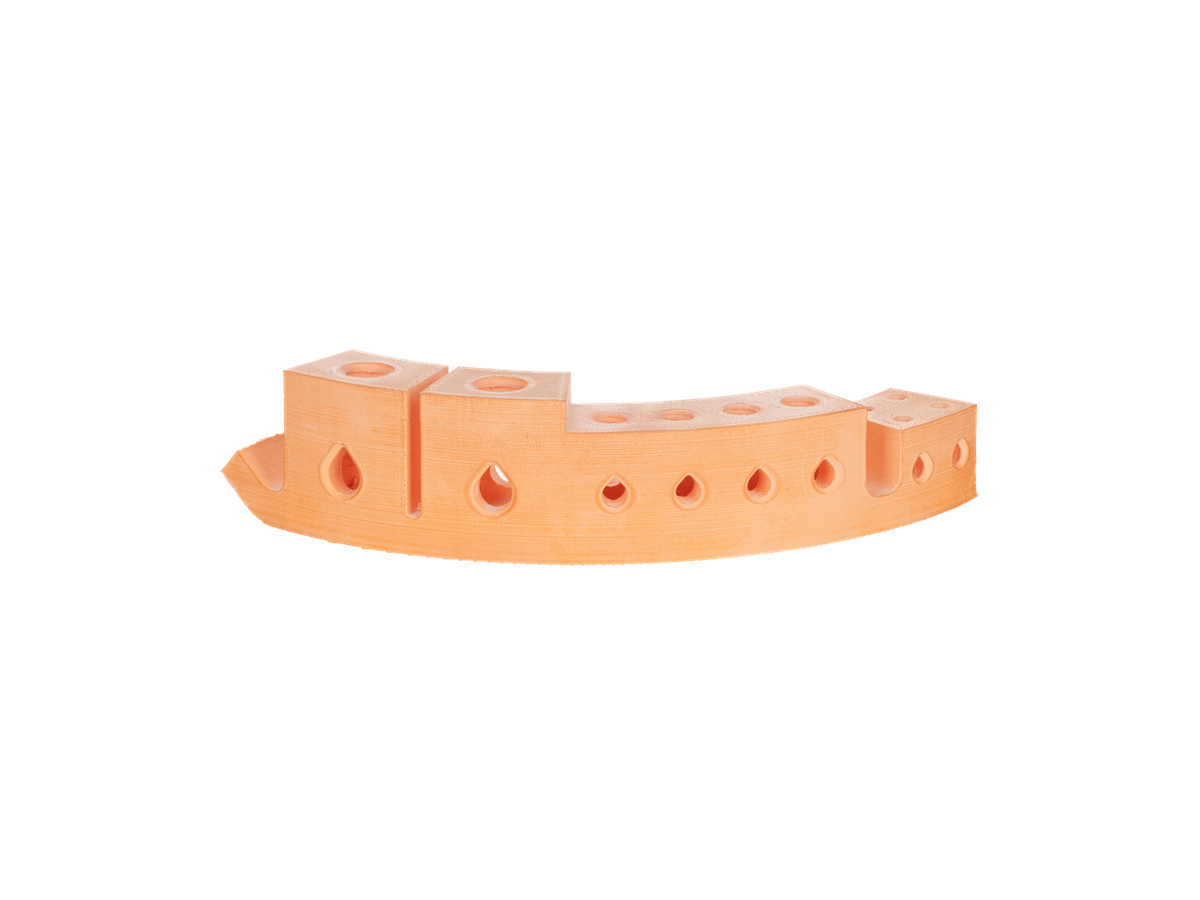Copper Brass 3D Printing: Rapid Prototyping for Electrical and Mechanical Applications
Introduction
Copper and brass alloys, known for their excellent electrical conductivity, thermal management capabilities, and superior machinability, are becoming increasingly popular in 3D printing prototyping. Industries such as consumer electronics, automotive, and industrial equipment leverage Binder Jetting and Powder Bed Fusion technologies to create rapid prototypes with complex geometries and tight tolerances (±0.1 mm).
With specialized copper alloy 3D printing, designers achieve rapid turnaround, precision features, and highly functional prototypes, significantly enhancing product development and innovation.
Copper and Brass Material Properties
Material Performance Comparison Table
Material | Tensile Strength (MPa) | Yield Strength (MPa) | Density (g/cm³) | Electrical Conductivity (% IACS) | Applications | Advantages |
|---|---|---|---|---|---|---|
210-250 | 70-85 | 8.96 | 100% | Electrical connectors, heat exchangers | Superior electrical and thermal conductivity | |
400-450 | 350-380 | 8.89 | 80-85% | Electrical contacts, welding tips | High strength, improved conductivity | |
340-380 | 150-180 | 8.50 | 26-28% | Mechanical gears, fittings | Excellent machinability, moderate strength | |
330-370 | 110-130 | 8.53 | 28-30% | Electronic connectors, mechanical prototypes | Good strength, excellent formability |
Material Selection Strategy
Choosing the appropriate copper or brass alloy for 3D printed prototypes requires careful evaluation based on conductivity, mechanical strength, and application needs:
Copper C110 (Pure Copper): Ideal for electrical applications requiring maximum electrical conductivity (100% IACS) and excellent thermal management, such as connectors and heat sinks.
Copper C18150 (Chromium Zirconium Copper): Suitable for prototypes that demand higher mechanical strength (up to 450 MPa tensile strength) and strong electrical performance, ideal for robust electrical contacts or welding electrodes.
Brass C360: Preferred for mechanical prototypes or components due to its superior machinability and moderate strength (up to 380 MPa tensile strength), and it is widely used in fittings and gears.
Brass C260: Optimal for electronic connectors and prototype parts needing good formability and reasonable electrical conductivity (~30% IACS).
3D Printing Processes for Copper and Brass Prototypes
3D Printing Process Comparison
3D Printing Process | Accuracy (mm) | Surface Finish (Ra µm) | Typical Uses | Advantages |
|---|---|---|---|---|
±0.2 | 8-25 | Rapid functional prototypes, electrical contacts | High speed, cost-effective production | |
±0.1 | 6-20 | High-precision mechanical parts, heat exchangers | Excellent detail resolution, high-density parts (≥99%) | |
±0.25 | 12-30 | Large components, repair work | High deposition rate, multi-material capabilities |
3D Printing Process Selection Strategy
Selecting the optimal additive manufacturing method for copper and brass prototyping involves assessing complexity, dimensional accuracy, and intended functional performance:
Binder Jetting (ISO/ASTM 52900): Ideal for rapidly producing cost-effective copper or brass prototypes requiring moderate precision (±0.2 mm) and suitable for quick iteration and functional testing.
Powder Bed Fusion (ISO/ASTM 52911-1): Best for high-precision mechanical or electrical prototypes, achieving excellent dimensional accuracy (±0.1 mm) and fully dense metal structures (≥99% density).
Directed Energy Deposition (ISO/ASTM 52926): Suitable for larger parts or repair of existing prototypes where moderate accuracy (±0.25 mm) and fast deposition rates (up to 5 kg/hr) are beneficial.
Surface Treatments for Copper and Brass Prototypes
Surface Treatment Comparison
Treatment Method | Surface Roughness (Ra µm) | Corrosion Resistance | Max Temp (°C) | Applications | Key Features |
|---|---|---|---|---|---|
≤0.3 | Excellent | 200 | Electrical contacts, precise mechanical parts | Superior smoothness, reduced electrical resistance | |
0.5-1.5 | Superior | 150 | Electronic connectors, sensitive components | Corrosion protection, enhanced durability | |
1.0-2.5 | Excellent | 260 | Mechanical components, valves | Chemical resistance, reduced friction | |
0.1-0.5 | Superior | 500 | Mechanical prototypes, wear-resistant parts | Increased hardness, corrosion resistance |
Surface Treatment Selection Strategy
Choosing appropriate surface treatments enhances copper and brass prototype durability, electrical performance, and corrosion resistance:
Electropolishing: Delivers ultra-smooth surfaces (Ra ≤0.3 µm), ideal for electrical connectors, significantly improving electrical conductivity and reducing friction in mechanical components.
Passivation: Essential for improving corrosion resistance on sensitive electrical or mechanical prototypes, providing reliable performance and extending component life.
Teflon Coating: Ideal for prototypes exposed to harsh chemicals or friction, providing chemical resistance and non-stick properties at operating temperatures up to 260°C.
Chrome Plating: Perfect for enhancing wear resistance and surface hardness (HV ≥850), suitable for mechanical components in high-friction or abrasive environments.
Typical Prototyping Methods
Copper Alloy 3D Printing: Quickly creates functional prototypes (±0.1 mm accuracy) for precise mechanical and electrical testing.
CNC Machining Prototyping: Provides final dimensional accuracy refinements (±0.005 mm), ensuring prototypes meet exact specifications.
Rapid Molding Prototyping: Efficiently generates limited batches of functional prototypes (±0.05 mm accuracy) for real-world performance evaluations.
Quality Assurance Procedures
Dimensional Inspection (ISO 10360-2): Validates precise tolerances (±0.1 mm) through accurate CMM assessments.
Material Density Testing (ASTM B962): Confirms full density (≥99%) and structural integrity of prototypes.
Electrical Conductivity Testing (ASTM E1004): Verifies electrical performance to ensure prototypes meet conductivity standards.
Surface Roughness Inspection (ISO 4287): Ensures compliance with specific surface finish requirements (Ra ≤0.3-2.5 µm).
Corrosion Resistance Testing (ASTM B117): Assures long-term reliability in challenging environments.
ISO 9001 Certification: Maintains strict quality management throughout the prototype production process.
Key Industry Applications
Electrical connectors and contacts
Automotive heat exchangers
Mechanical fittings and gears
Precision instrumentation components
Related FAQs:
Why use copper and brass for rapid prototyping?
What 3D printing techniques best suit copper alloys?
How do surface treatments enhance copper prototypes?
What quality standards apply to copper and brass prototypes?
Which industries benefit from copper brass 3D printing?

